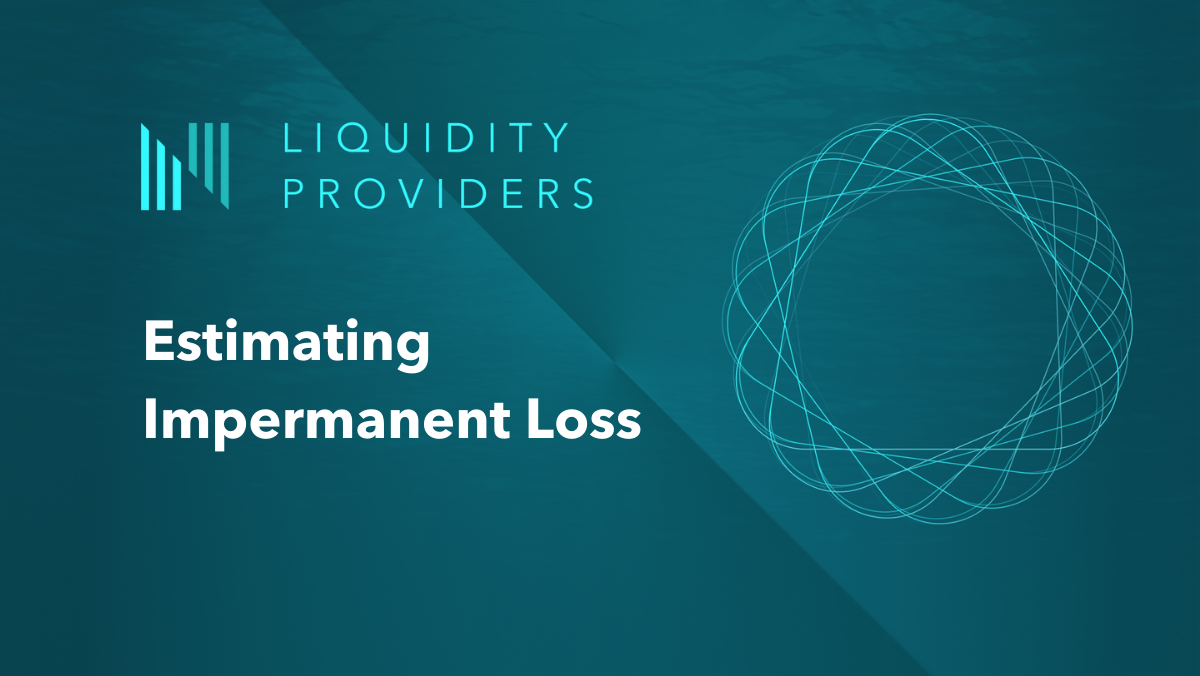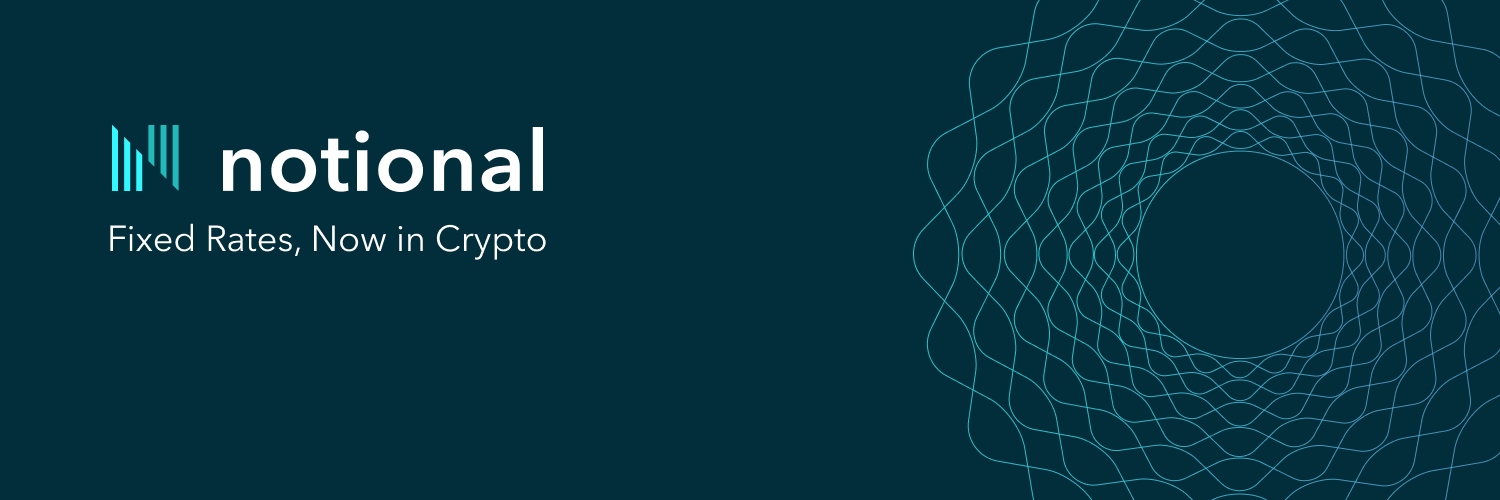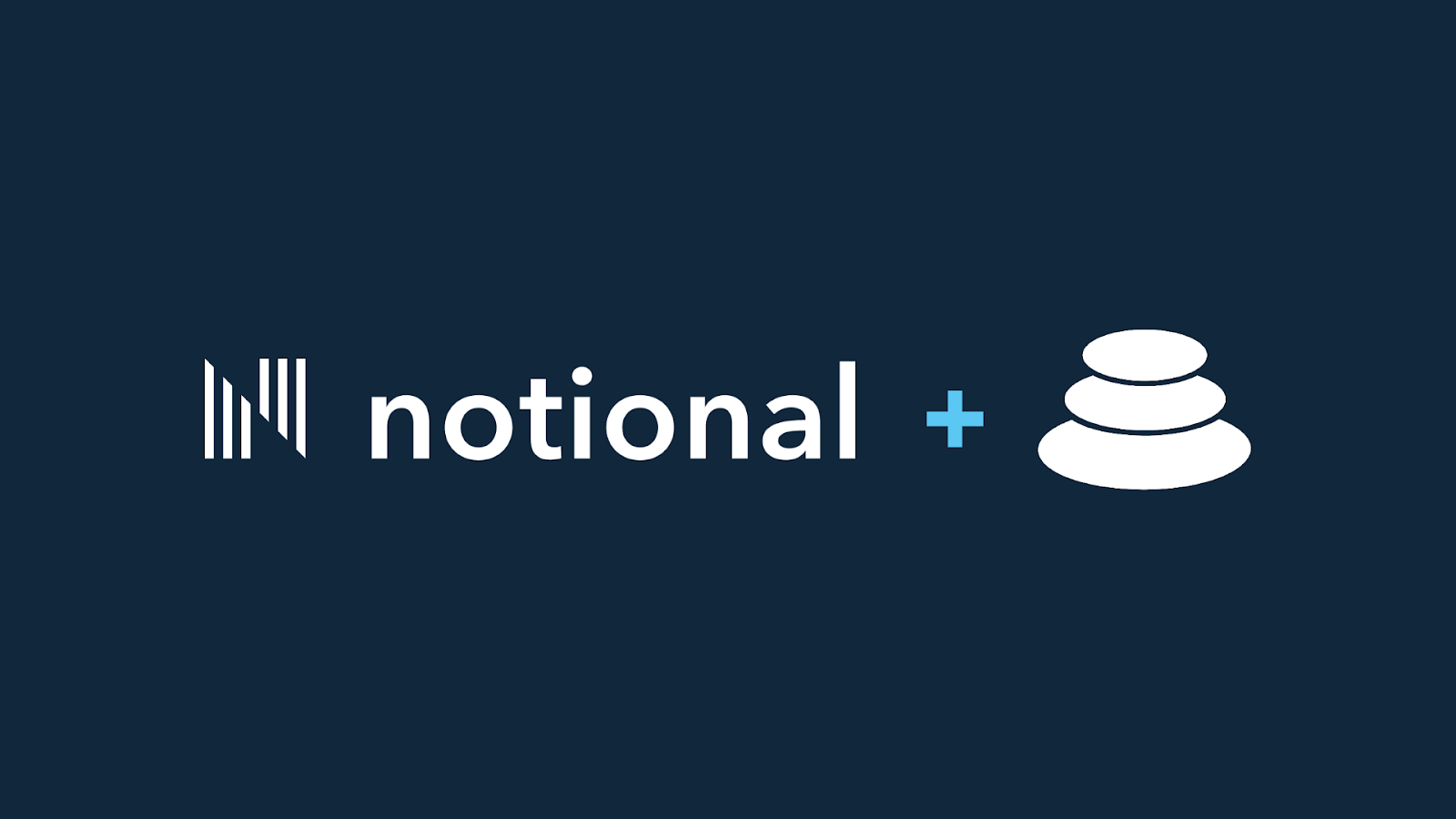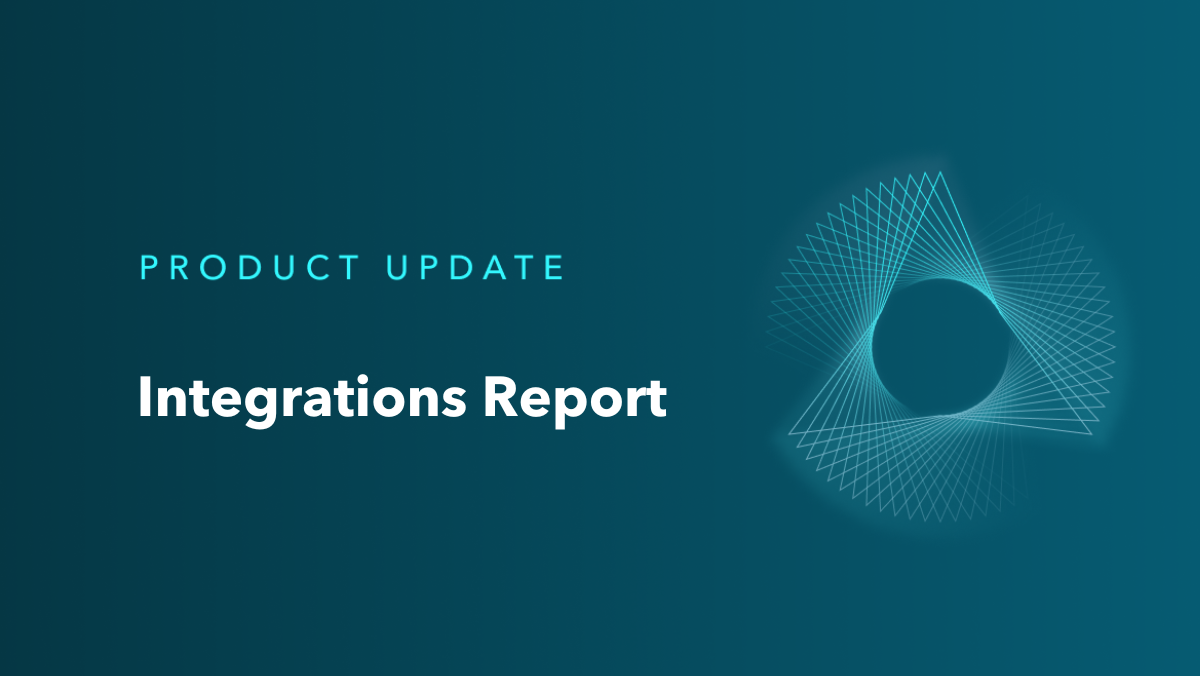
How to Estimate Impermanent Loss for LPs (Part 2 of 4)
In this post, we present a simple framework for a conservative assessment of IL. We then apply it to current market data and show that IL is very limited for nUSDC and nDAI.
In our previous article, we explained that the trading fees and NOTE incentives are received by nToken holders to offset their impermanent loss (IL). In this post, we present a simple framework for a conservative assessment of IL. We then apply it to current market data and show that IL is very limited for nUSDC and nDAI. Our IL calculations will include the trading fees received.
IL comes from the difference between the fixed rate that nToken holders pay to lenders and the variable Compound rate they receive for the duration of the loan. The realized Compound rate is therefore a key driver of IL: the higher the rate, the lower the IL. By assuming a conservative long-term Compound lending rate, in this case 0-3%, we can derive a conservative IL impermanent loss calculation. Using the steps below, we are able to calculate the IL for each maturity (3M, 6M,12M) and add them up to get the total IL faced by nToken holders.
- First, estimate a long term variable Compound lending rate. Set a conservative assumption regarding the long term Compound rate excluding incentives.
- Now, calculate the size (token amount) of the trade needed to push Notional’s rates down to the Compound rate assumed in step 1.
- Then calculate the average fixed rate of the trade. The average rate of the trade is the average between initial and ending rate minus trading fees. As we are assuming IL in a worst case scenario, we have assumed that these are the only trading fees received by nToken holders. This assumes that trading on Notional is directional (100% lending). This is not the case in practice as there will be borrowing on Notional. In Q1 2022, 74% of volumes were lending trades for USDC.
- Finally, calculate the total loss incurred. The loss is the difference between the average fixed rate calculated in step 3 and the Compound rate assumed in step 1. This rate is an annualized loss rate so it needs to be multiplied by the trade size calculated in step 2 and the remaining time to maturity of the trade.
Application to current market data
For illustration purposes, we have used data as of March 31st 2022 (two days after the quarterly roll).
We calculate the maximum impermanent loss for nToken holders based on various Compound rate assumptions. We have used various rates from 0% (highly unlikely) to 3% (base case).
Lenders would usually not lend on Notional if they can get higher returns on Compound. So we can expect Notional rates to be higher than the Compound lending rate including COMP incentives.
The main takeaway is that impermanent loss risk is much higher for the DAI pool than the USDC pool. That’s because DAI rates on Notional remain significantly higher than the respective Compound rate.. Notional rates for USDC have gone down quite a bit over the last weeks, making it increasingly attractive to provide USDC liquidity. The maximum impermanent loss we risk would be 80bps if Compound lending rates fell to 0% over the period of the loans. That would be impossible as this would mean no borrowing on Compound over 12 months.
A more realistic and yet conservative assumption would be to use 2% as a long-term Compound rate. This would lead to the expected net APY:
If we assume that the NOTE price remains constant and that Notional rates converge immediately to our 2% assumption, providing liquidity can be very lucrative with little impermanent loss, leading to 8-9% net expected APYs.
Stress Testing the NOTE price
The bulk of our returns comes from receiving NOTE incentives. It is therefore important to stress test those returns with various NOTE prices.
Below are the returns you can expect depending on various price scenarios. We continue to assume that Notional rates drop to 2% for all maturities. Even if the NOTE token would lose 75% of its value, liquidity providers would achieve a better return than lending on Compound! If you hold your nTokens over 1 year, you would get a positive return on your investment even if NOTE prices go to 0!
The variable rates and NOTE incentives yield used in our stress test come directly from the Notional website as of March 31st 2022..
USDC Pool
DAI Pool
We have now established that providing liquidity on Notional is an attractive investment with little downside risks. Providing liquidity to the USDC pool is more attractive than to the DAI pool, as rates are similar with lower risk of impermanent loss. The next step is to look at ways users can increase this return using nTokens as collateral on Notional.
About Notional Finance📈
Notional is the first decentralized, Ethereum-based protocol for borrowing and lending at fixed rates and fixed terms. With variable rate lending, DeFi can only serve a small segment of the crypto lending market because variable interest rates don’t provide the certainty that lenders and borrowers require. Notional fixes this by creating a true market for lenders and borrowers that empowers individual investors, business owners and institutional investors.
After raising a $10 million Series A in May 2021 from some of the top VC firms, including Coinbase Ventures, Notional’s protocol was relaunched on 11/1 with a host of new features as well as the NOTE governance token. Notional is now a top 10 DeFi lending protocol, with more than $200M in total value locked and $500M in lending volume.
To find out more, follow Notional on Twitter @NotionalFinance, subscribe to the newsletter, join the Discord, or check out the website to learn more.

Notional Finance Newsletter
Join the newsletter to receive the latest updates in your inbox.








